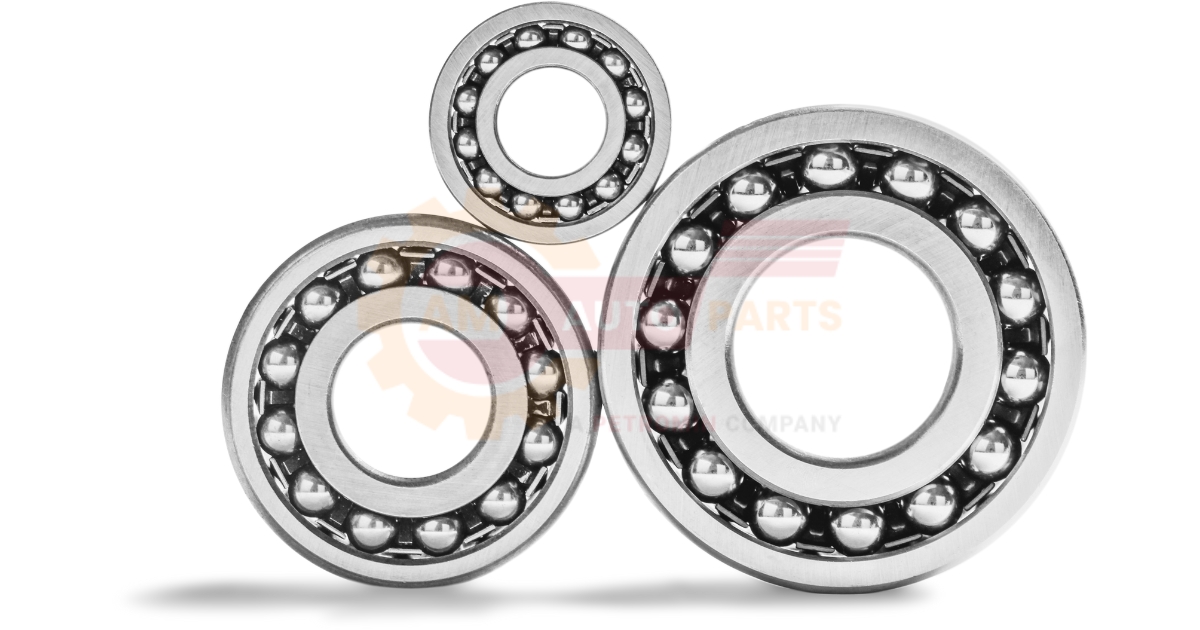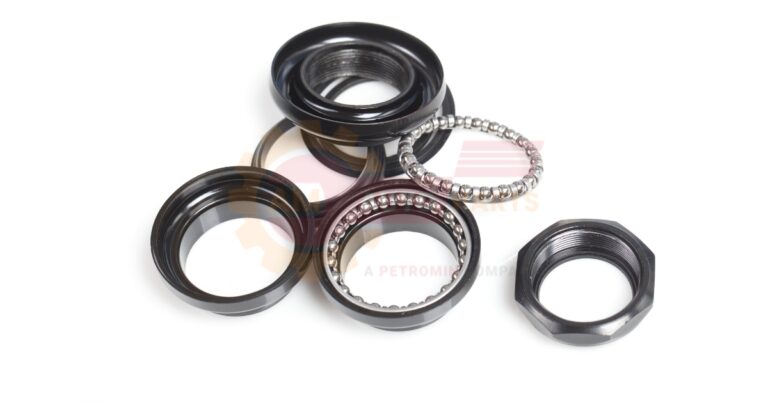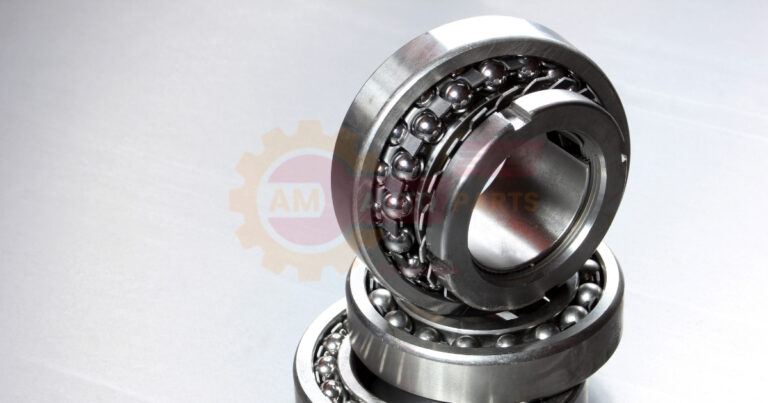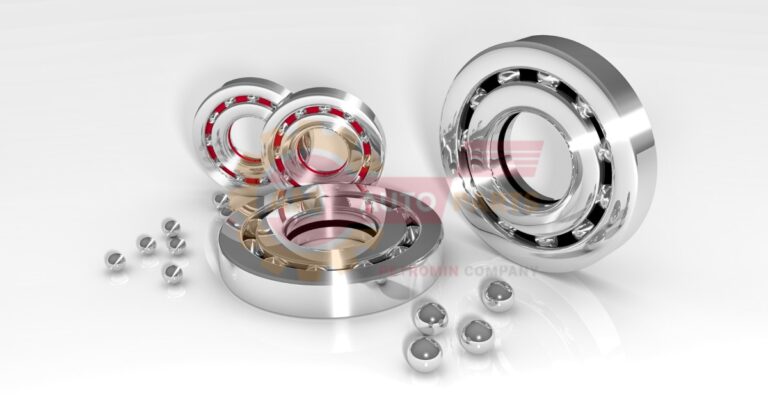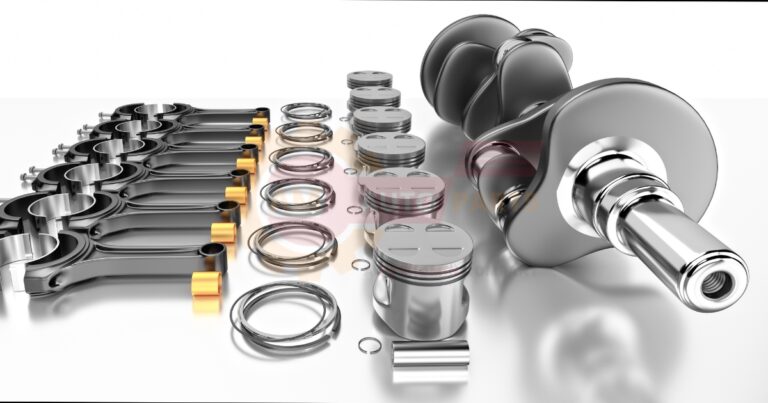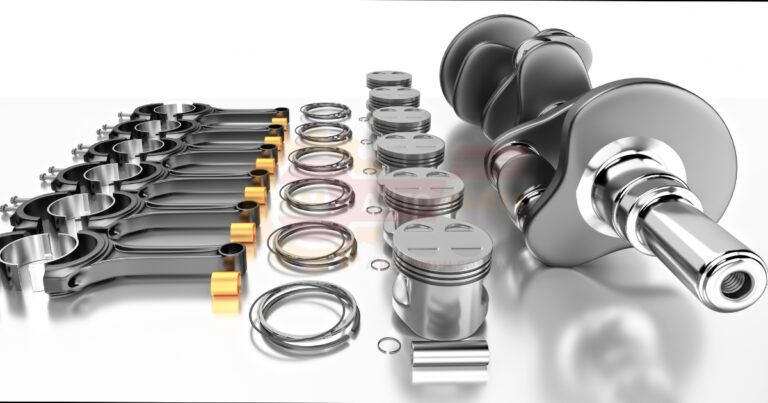Wheel bearings are crucial components in a vehicle’s safety and performance. They allow the wheels to rotate with minimal friction, ensuring smooth and efficient movement. Identifying wheel bearing noise early can prevent severe damage and costly repairs.
Understanding Wheel Bearings
What is a Wheel Bearing?
A wheel bearing is a set of steel balls or rollers held together by a metal ring. It fits inside the hub, which is the hollow metal piece at the center of the wheel. The primary role of a wheel bearing is to support the wheel and allow it to spin freely.
Lifespan of Wheel Bearings
Wheel bearings typically last between 85,000 to 100,000 miles. However, their lifespan can be affected by various factors such as driving conditions, quality of the bearing, and maintenance practices.
- Driving Conditions: Rough roads and off-road driving can shorten the lifespan of wheel bearings.
- Quality of Bearing: High-quality bearings tend to last longer.
- Maintenance Practices: Regular maintenance can extend the life of wheel bearings.
How to Identify Wheel Bearing Noise
Characteristics of Wheel Bearing Noise
Wheel bearing noise is often described as a grinding or humming sound that increases with the vehicle’s speed. It can be more noticeable when turning or cornering.
- Grinding Sound: A metallic grinding noise that changes with speed.
- Humming Sound: A low-pitched hum that becomes louder as speed increases.
Differentiating Wheel Bearing Noise from Other Vehicle Noises
It is essential to distinguish wheel bearing noise from other common vehicle noises such as tire noise, brake noise, or engine noise. Wheel bearing noise typically persists regardless of road surface and is more pronounced during turns.
- Tire Noise: Usually changes with different road surfaces.
- Brake Noise: Occurs when applying the brakes.
- Engine Noise: Varies with engine speed and load.
Common Causes of Wheel Bearing Noise
Factors Leading to Wheel Bearing Wear and Damage
Several factors can lead to wheel bearing wear and damage, including poor road conditions, improper installation, and lack of lubrication.
- Poor Road Conditions: Potholes and rough terrain can damage wheel bearings.
- Improper Installation: Incorrect installation can lead to premature bearing failure.
- Lack of Lubrication: Insufficient lubrication can cause excessive friction and wear.
Symptoms of a Bad Wheel Bearing
Audible Indicators of Wheel Bearing Issues
The most common audible indicator of a bad wheel bearing is a grinding or humming noise. This noise often gets louder as the vehicle’s speed increases and may change when turning.
- Grinding Noise: A metallic sound that varies with speed.
- Humming Noise: A consistent hum that gets louder with speed.
Physical Symptoms of Wheel Bearing Failure
A failing wheel bearing can affect the vehicle’s handling and performance. You may notice vibrations in the steering wheel or uneven tire wear.
- Vibrations: Felt in the steering wheel or through the vehicle’s body.
- Uneven Tire Wear: Irregular tire wear patterns due to misalignment.
Diagnosing a Faulty Wheel Bearing
Recognizing Wheel Bearing Noise While Driving
When driving, pay attention to any unusual noises that change with speed or when turning. A grinding or humming noise that persists regardless of road surface is a strong indicator of a bad wheel bearing.
- Listen for Grinding: A metallic sound that changes with speed.
- Notice Humming: A low-pitched hum that becomes louder with speed.
Checking for Wheel Bearing Play
To check for wheel bearing play, lift the vehicle and try to move the wheel back and forth. Excessive play or movement indicates a worn or damaged wheel bearing.
- Lift the Vehicle: Use a jack to lift the vehicle.
- Check for Play: Move the wheel back and forth to check for excessive movement.
Addressing Wheel Bearing Concerns
Recommended Actions for Suspected Bad Wheel Bearings
If you suspect a bad wheel bearing, it is crucial to address the issue promptly. Ignoring the problem can lead to severe damage and costly repairs.
- Inspect the Bearing: Perform a visual and physical inspection.
- Replace if Necessary: Replace the bearing if it shows signs of wear or damage.
When to Seek Professional Assistance
If you are unsure about diagnosing or replacing a wheel bearing, it is best to consult a professional mechanic. They have the tools and expertise to accurately diagnose and fix the issue.
- Consult a Mechanic: Seek professional help if unsure.
- Ensure Proper Repair: A mechanic can ensure the bearing is correctly installed.
Preventative Measures for Wheel Bearings
Tips on Maintaining Wheel Bearings
Regular maintenance can help prevent premature wear and extend the life of your wheel bearings. This includes regular inspections and proper lubrication.
- Regular Inspections: Check wheel bearings during routine maintenance.
- Proper Lubrication: Ensure bearings are adequately lubricated.
Conclusion
Identifying wheel bearing noise early is crucial for maintaining vehicle safety and performance. By understanding the characteristics of wheel bearing noise and knowing how to diagnose and address the issue, you can prevent severe damage and costly repairs. If you suspect a bad wheel bearing, consider consulting a professional mechanic to ensure proper diagnosis and repair. Bearings hub essentials are important parts that help wheels spin smoothly
Automobile Bearing Quantity refers to the number of bearings used in a vehicle These bearings help parts move smoothly and reduce friction in the automobile Bearing replacement guide shows you how to swap out old bearings for new ones It helps you fix machines by replacing worn-out parts called bearings
Wheel bearing expense is the cost of replacing worn-out bearings in your car’s wheels These parts help your wheels spin smoothly and need to be changed when they get old or damaged Crankshaft bearing types are special parts that help the crankshaft spin smoothly inside an engine They come in different shapes and sizes to fit various engines and support the crankshaft’s movement
Identify noisy wheel Listen for unusual sounds when your car is moving to Bearing adjustment importance Proper bearing adjustment helps machines run smoothly and last longer It also reduces noise and prevents parts from wearing out too quickly
Identify bearing specifications Learn how to read and understand the numbers and letters on bearings to know their size and type
